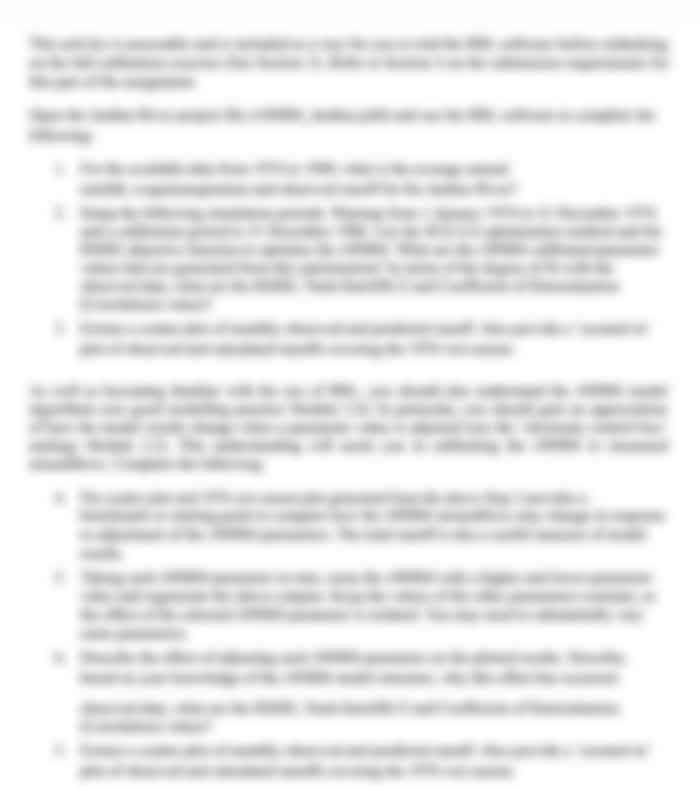Analysing Complex and Ill-Defined Problems
This session
Session 1:
Principles of Soft Systems Methodology (SSM)
Rich pictures
Session 2:
Exercise: exploring complex and ill-defined problems
Next session: Process analysis, mapping, and communication
Why model processes?
To show sequence & alternatives
To identify whos involved in the process
To identify resources required for the process
To document existing process
To design new processes
To check shared understanding
To train workers
To form a basis for improvements
Defining and reformulating problems
How you define a problem will determine how you solve a problem
This will vary depending on the perspective of the individual and where they are in the system
This will vary depending on motivations, work cultural practices, task requirements, organisational requirements.

Soft Systems Methodology (SSM)
In process analysis the nature of the problem and objectives are sometimes known in advance (or assumed)
This assumption is very risky and should be challenged
Other problem situations are much less clear
Rather than discrete problems we encounter complex messes
And people have different perspectives on the mess
Soft Systems Methodology is for
Intervening in complex messes
Avoiding making the mistake of treating a problem as simple
Developing shared understanding
SSM and processes
Part of SSM is to develop a conceptual model
This is the activities that would have to be carried out for the system being considered were to function
A set of linked activities logically implied
The conceptual model is an activity sequence and very, similar to a conceptual process
The rest of the methodology is to develop the conceptual model & compare it with reality
This comparison generates feasible and desirable changes those changes could be process changes
7 stages of SSM
1. Enter problematical situation (identify a problem)
2. Express/describe and interpret a problem
1. Draw a rich picture
2. Derive problem themes
3. Develop root definitions of relevant systems required to address the problem
4. Build conceptual models of the systems from the root definition
5. Compare models with real-world situations
6. Define possible and feasible changes
7. Improve the problem situation based on above changes

Rich pictures (situation summaries)
Isolate key issues quickly
Avoid being overwhelmed
Manage emerging or changing circumstances
Represent a wide range of stakeholders
Understand interconnections
Understand problematical situations
Rich pictures
"There are many ways that this can be done: mind-maps, conversation maps, sketching. However, it is important that the picture should not structure the situation (as in a logic model or process chain). The whole point of a rich picture is to reflect as much going on as possible without privileging, predetermining, or presuming a particular point of view."

Rich pictures
The power of a rich picture comes from reflecting on your own situation, and explaining it to someone else. In my rich picture, Ive drawn myself in the situation of teaching into a new unit. The person in the middle is me, trying to get near the metaphorical sweet spot of balancing teaching and research, interaction and delivery, and the literal acoustic sweet spot of the room itself. I show the content going into lecture slides, the technology of the room (its a high-tech lecture theatre), the time and effort that goes into preparing, and other elements of the situation.



Summary elements of rich picture

Root definition
The root definition in Soft Systems Methodology (SSM) is focused on describing the purpose or function of the system as it is perceived by the stakeholders involved.
It provides a conceptual understanding of what the system is intended to achieve or accomplish, and serves as a foundation for identifying areas where changes might be necessary.
By understanding the current purpose and function of the system, stakeholders can then engage in discussions about what aspects of the system should be modified or enhanced to better achieve its objectives.
In some cases, you can have more than one root definition for a given problem situation or system. This possibility arises when there are multiple perspectives or interpretations of the purpose or function of the system among stakeholders.
Multiple root definitions
1.Multiple stakeholder viewpoints: Different stakeholders may have diverse perspectives on what the system should achieve or how it should function. Each stakeholder group may have its own root definition reflecting its unique interests and priorities.
2.Complex systems with multiple functions: In complex systems, there may be multiple functions or purposes that the system serves. Each function could be articulated through a separate root definition to provide clarity and focus on different aspects of the system's operation.
3.Evolution over time: As a system evolves or undergoes changes, its purpose or function may also shift. In such cases, you might develop multiple root definitions to capture different phases or states of the system's development.
4.Exploratory analysis: During the early stages of problem exploration, it can be beneficial to develop multiple root definitions to explore different possibilities and perspectives before converging on a single understanding of the system.
Identifying a system from a theme
Precise system definition is important
A system to/for/which... that includes:
C Customers (victims or beneficiaries)
A Actors (performing transformation)
T Transformation process (input into output)
W Worldview (that makes it meaningful)
O Owners (they can stop the transformation)
E Environmental constraints (outside the system)
The fence painting system
Root definition
A householder owned and manned system to paint a garden fence, by conventional hand painting, in keeping with the overall decoration scheme of the property, in order to enhance its visual appeal
C householder
A painter
T unpainted fence >>> painted fence
W new colour will enhance the appearance
O householder
E hand/sprayed on painting, weather
Conceptual model building tips
The CM must be constructed from the words in the RD without referencing the specific situation. Focus on abstracting the essential elements and relationships described in the root definition, rather than directly modelling the particular details of the problem situation:
inclusion of words / sets of activities must be defended against specific words or phrases in the RD
Each activity in the CM could be the source of a RD for expansion in to a more detailed level; use sufficient words in the activity to be precise about the transformation it describes
Reference should be made to resourcing and at least one monitor & control
Arrows
Arrows within CMs are logical dependencies and should have a consistent format;
Summary
Always position problems in the bigger context
Ways of thinking are more important than techniques
How you define a problem will determine how you solve a problem. This will vary depending on the perspective of the individual.
This mornings exercise ...
1. In your groups review the Faulkner Fabrications case study and transcript
2. Develop a rich picture (situation summary) of the case
3. Identify themes and problem areas
4. Develop root definitions of relevant systems required to address the problem
5. Build a conceptual model of the systems from the root definition ... (depending on progress)
Are you struggling to keep up with the demands of your academic journey? Don't worry, we've got your back!
Exam Question Bank is your trusted partner in achieving academic excellence for all kind of technical and non-technical subjects. Our comprehensive range of academic services is designed to cater to students at every level. Whether you're a high school student, a college undergraduate, or pursuing advanced studies, we have the expertise and resources to support you.
To connect with expert and ask your query click here Exam Question Bank

